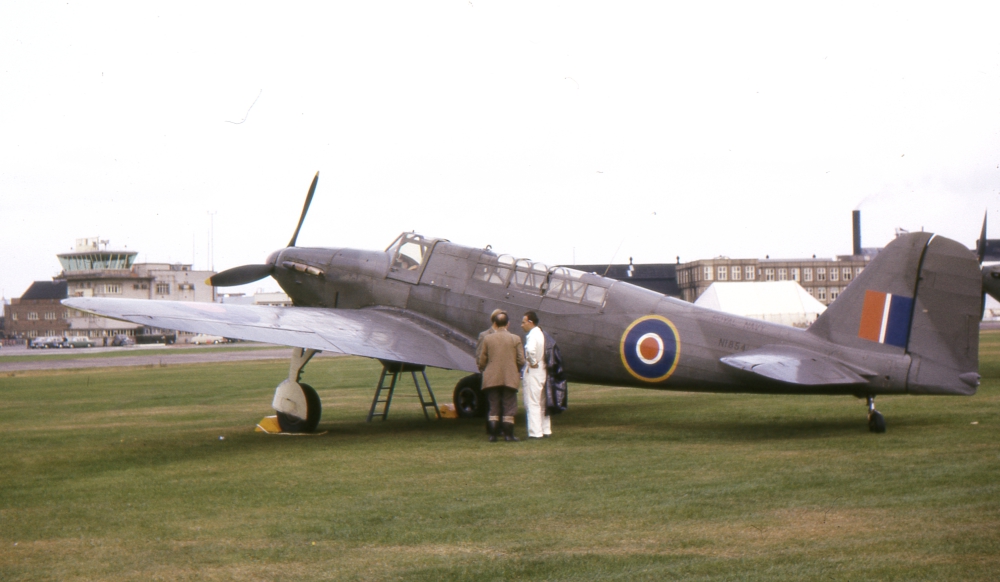The Fairey Fulmar aircraft looked right and felt right. Comfortable and pleasant to fly, Captain Eric ‘Winkle’ Brown remembered about the type: (QUOTE) “there was little with which the most fastidious of pilot’s could find fault in its handling.”
The unsung hero rose to the turbulent skies of the early 1940s, protecting Britain’s naval fleets; amid the volatile Mediterranean, the Fairey Fulmar would down several Italian bombers in the North African Campaign, as well as take active participation in chasing the infamous German battleship Bismarck.
Born from the tug of war between the Royal Navy and the Royal Air Force, the type emerged as a beloved and trusted aircraft. As Brown said: (QUOTE) “In short, everybody liked it.”
The Fairey Fulmar is a British carrier-borne reconnaissance aircraft/fighter aircraft which was developed and manufactured by aircraft company Fairey Aviation. It was named after the northern fulmar, a seabird native to the British Isles. The Fulmar served with the Royal Navy’s Fleet Air Arm (FAA) during the Second World War.
The design of the Fulmar was based on that of the earlier Fairey P.4/34, a land-based light bomber developed during 1936 as a replacement for the Fairey Battle light bomber. Fairey had redesigned the aircraft as a navalised observation/fighter aircraft to satisfy the requirements of Specification O.8/38, for which it was selected. Although its performance (like that of its Battle antecedent) was unspectacular, the Fulmar was a reliable, sturdy aircraft with long range and an effective armament of eight machine guns; the type could also be put into production relatively quickly. On 4 January 1940, the first production aircraft made its first flight and delivery commenced shortly thereafter, while production of an improved model, the Fulmar Mk II, started during January 1941. Fairey produced a total of 600 Fulmars at its Stockport factory between January 1940 and December 1942.

N1854, the first production Fulmar at Farnborough at the SBAC show on 8 September 1962
During July 1940, No. 806 Squadron became the first FAA squadron to receive the Fulmar. It participated in the pursuit of the German battleship Bismarck, having acted as a spotter for the chasing fleet. The Fulmar was heavily used in the North African Campaign, flying convoy protection patrols to and from the island of Malta, and providing air cover for Fairey Swordfish torpedo bombers during attacks such as the Battle of Cape Matapan. By autumn 1940, it had been recorded as having shot down ten Italian bombers and six enemy fighters. The Fulmar was also deployed to the Far East, where it proved largely incapable of matching the Japanese-built Mitsubishi A6M Zero. During the later stages of the conflict, it was relegated from the fighter role by single-seat aircraft such as the British-built Supermarine Seafire and the American-built Grumman Martlet fighters. While continuing service as a trainer and reconnaissance aircraft for a time, the Fulmar was withdrawn from front line service in February 1945.
Top Photo: Fairey Fulmar Mk. II carrier-borne fighter and recce with serial number N4062 in 1941(?) (Mk I airframe completed as Mk II)
Sources: Wikipedia; YouTube

